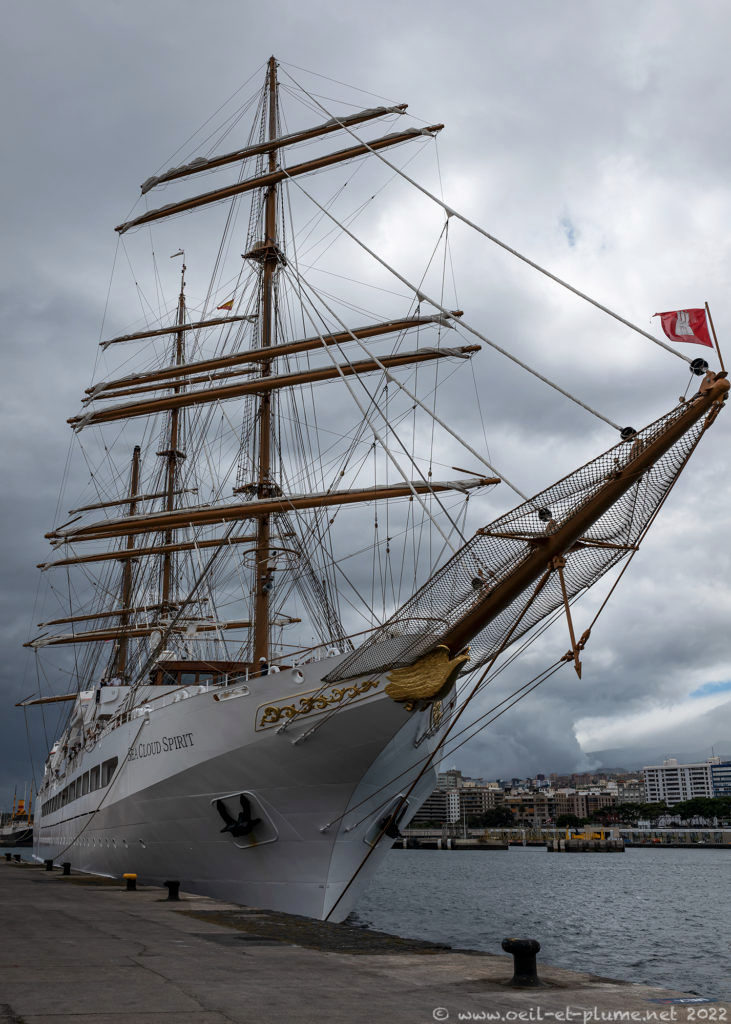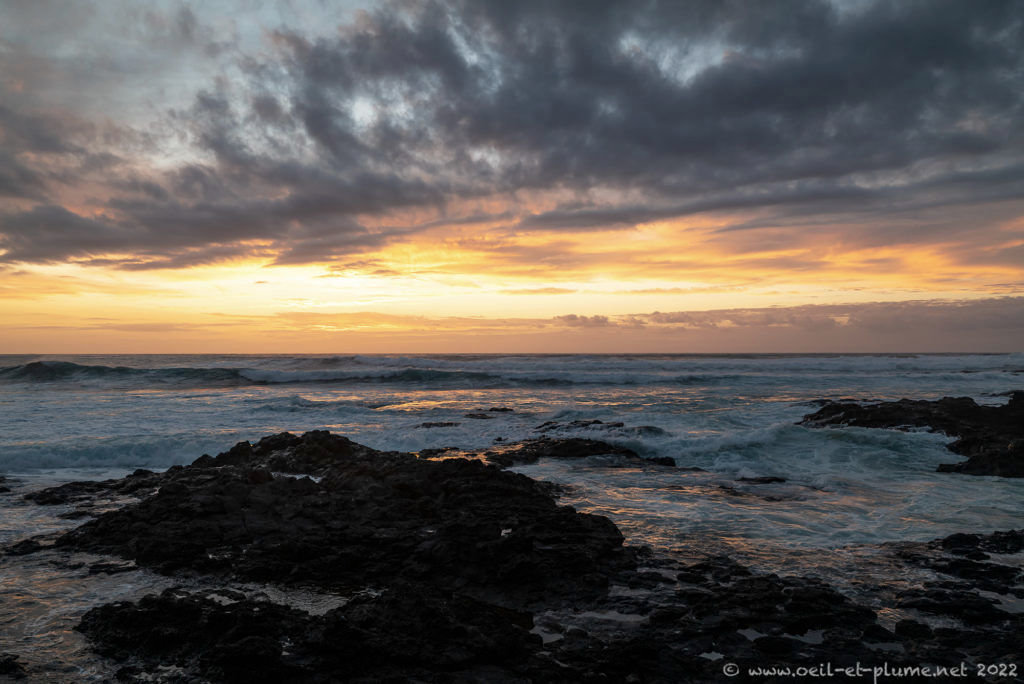Continuing from here.
As water is everywhere in Madeira, everything relates to the Atlantic Ocean in Tenerife. Even from in the island heights, the Ocean imposes itself to the sight. It represents a major component of the indigenous identity.
Indigenous cultural identity
Let’s recall here that the first Europeans – Normans followed by Spaniards – discovered Tenerife in the 14th and 15thcenturies. Arrived by boat indeed, they started gradually interacting with the indigenous Guanches.
Interestingly enough, the Guanches were quite surprised about the arrival of outsider people in Tenerife. In their collective belief, the Guanches were the sole survivors of a major natural cataclysm that had exterminated any other human being in this world.
The Guanches’ lifestyle was still very primitive: they lived mostly in rock caves, used sharpened stones and woods to hunt and fight, ate fruits and roots, as well as goat milk. They did not know about metal, cloth or navigation. In turn, the Guanches used a form of writing and practised even poetry, had a solid knowledge about astronomy. Organised in matriarchal communities, they relied on an elaborated set of behavioural rules to live together. Their religion was quite complex too, as their funeral rites included the mummification of the dead, at least those of high social status.
The Guanches’ social-political organisation was wiped off in about one century of slavery and colonisation, diseases and interbreeding. However, their culture partially survived, mingling and fusing with the outsiders. It remains that for the collective indigenous identity, what brought the Guanches to their knees came from the Ocean. Hence their major concern for security and safety.
Security and safety
I found much signs about concerns for security (objective external threats) and safety (includes emotional feelings about threats) . As Guanches used to live in troglodyte homes, Europeans built many military infrastructures along Tenerife’s coast. This is meant as a security measure against invaders, built paradoxically by the Spanish colons after having settled in Tenerife by force. More recently, they are also many items aiming to reinforce the safety of people Tenerife around the coastal line. Safety against the Ocean might, whose waves and storms are strong enough to induce, be it through tall lighthouses or strong concrete dikes.
People in Tenerife needed historically to demonstrate a certain capacity to resist and prosper in a context of major natural and man-made threats. However, the main destructive power faced by indigenous people proved to be the European conquest.
Welfare, arts and leisure
Nowadays, colonial-era military forts may cohabit with contemporary concert halls. Concrete dikes are even used as platform of artistic expression. Tourism is a major source of revenues. The foreigner is no longer competing for sovereignty over Tenerife. The Ocean is no longer a terrible threat. This is to confirm how much the relationship between people in Tenerife and the Atlantic Ocean has evolved since pre-colonial times.
People in Tenerife started taking more benefit of the maritime resources. The Atlantic Ocean became also a source of essential goods and welfare. Fishing is today quite an important activity, alongside maritime trade and touristic cruises.
Surfing and pooling
The might of the Atlantic fascinated me, as many other people I believe. No, I did not venture into the Ocean. However, I spent hours observing waves and foam, looking for photographic opportunities and thinking about the complex relationship between humankind and Nature.
Surfing and pooling represent two important facets of today’s identity in Tenerife. Based on better knowledge and adequate materials, people now dare facing the mighty Ocean not only for their mobility or to get food, but also for their leisure and pleasure. Hereafter is how it looks and works.
Here we are. We can conclude that the pre-colonial indigenous Guanche identity did survive to the colonial times. It did so by morphing and blending with foreign cultures and customs. According to anthropologists, there is definitely a Guanche legacy in the physiognomy and the culture of island dwellers in Tenerife, particularly in rural areas. I am happy to confirm the scientific statement through my pictures and words.
As Ernest Hemingway suggests in his Old Man and the Sea novel, manhood is not made for defeat. People continue their journey and endeavor to the best of their ability, no matter what challenges and setbacks befall them. This is another facet of Anaga spirit pervading Tenerife.
Cheers,





























